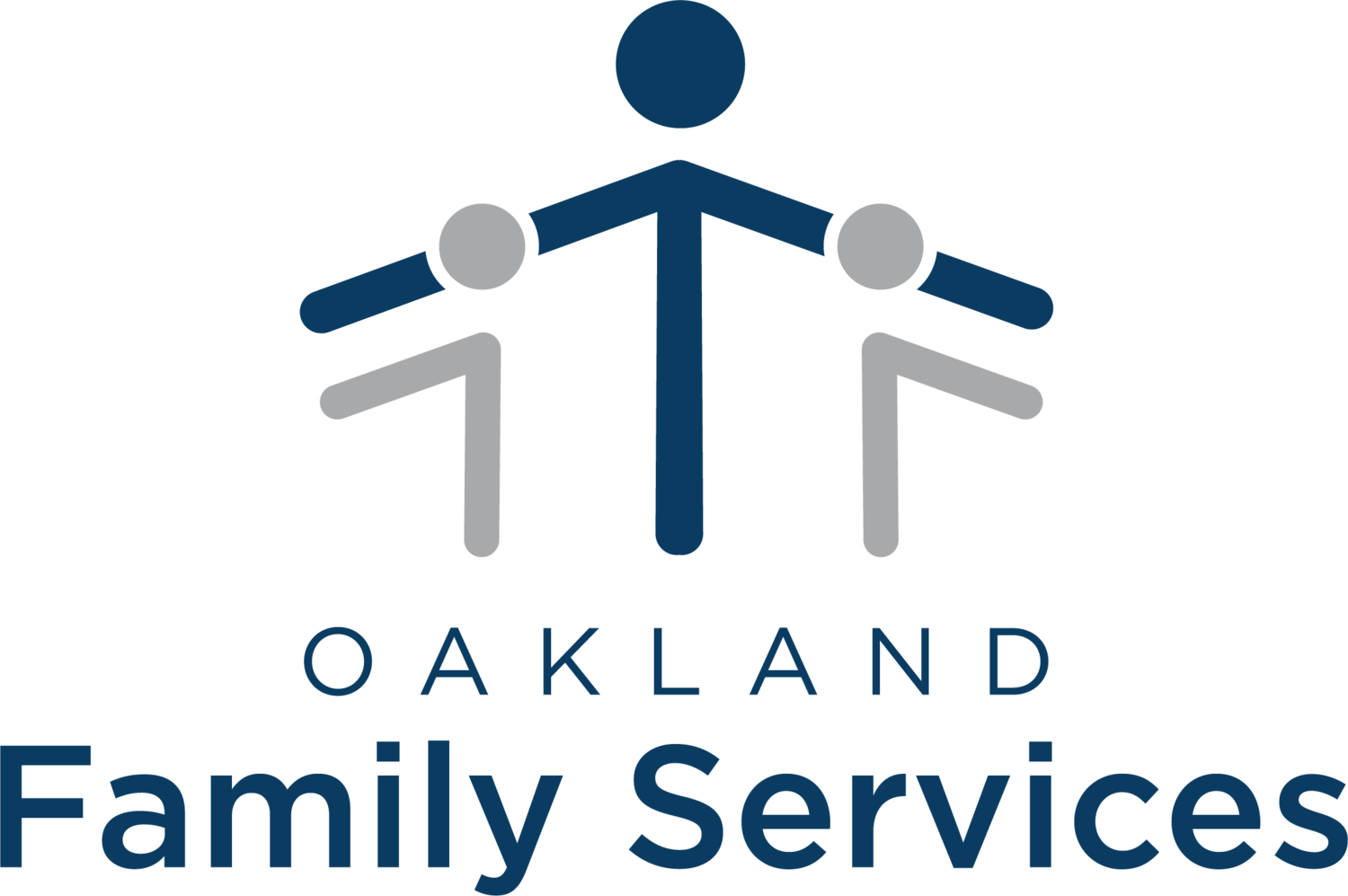Maximizing muscles: Why gross motor development is so important for your baby
As our babies grow, we can’t wait to see all their firsts – the first time they roll over, the first time they sit, and the first time they walk. It’s an exciting time!
It can also be a time of worry, though, as parents try to figure out if their child’s development is on track. They often wonder things like, should my baby be sitting now or walking now?
There are ways you can help your children build up their large muscles, often referred to as gross motor development. Strengthening those muscles is important because large muscles are used to control a child’s head, neck, arms, and legs so he or she can eventually sit, crawl, walk, run and, later on in life, do the activities children often enjoy, such as playing soccer or dancing.
“Gross motor development can be very fun,” said Charlotte Young, Early Learning Communities supervisor at Oakland Family Services. “It encourages them to play and, for the parents, it gives them one-on-one time with their child and develops trust.”
Here are some ways you can help your children develop large muscles:
Birth to 6 months
During the first six months, it’s important for children to spend time on their tummy for their growth and development. By making tummy time part of your daily routine, children are developing muscles they will use later to crawl, sit and walk. Tummy time helps:
Improve neck and head control.
Strengthen back, shoulder muscles, and core.
Prevent flat spots on baby’s head.
Promote motor and sensory development.
Remember to make tummy time interesting for your baby! Try some of these strategies to keep your baby engaged:
Place a mirror, toys, or books near your child for him or her to see.
Lay down next to your baby or have a sibling or pet sit next to your child.
Try different tummy positions, such as resting your baby’s tummy on your chest, placing baby on a pillow or your legs, or carrying baby with his tummy side down in your arms.
Other ways you can help strengthen your child’s muscles include: rubbing lotion gently on baby’s arms and legs after a bath to stimulate muscles; doing stretching exercises after changing your child’s diaper by moving baby’s legs up and down in a circular motion; or stretching baby’s arms above the head and moving them across the chest.
6 months to 1 year
After six months, your baby will start to use muscles that will help with rolling, crawling and eventually standing. Place toys or other objects slightly out of reach so your baby will need to move to get them. As your baby becomes more mobile, avoid stationary equipment, such as bouncy chairs, exersaucers, or playpens.
“These are great for when you need to do some laundry, but not for extended periods of time,” Young said. “It does not give them the ability to explore and move. The less time kept in those types of equipment, the better.”
1 year to 3 years old
As your baby becomes a toddler, ensure you have space in the home for your child to move and pull up on furniture or other objects. If you don’t have a lot of room in your home, try going out in your backyard or visiting a playground, library or a place where there is space for your child to explore and move.
You also can encourage large muscle development through games you can easily make with objects from around the house. Take couch cushions, place them on the floor, and have your child climb over them or create a tunnel with blankets and chairs for your child to crawl through. Use your imagination and have fun!


